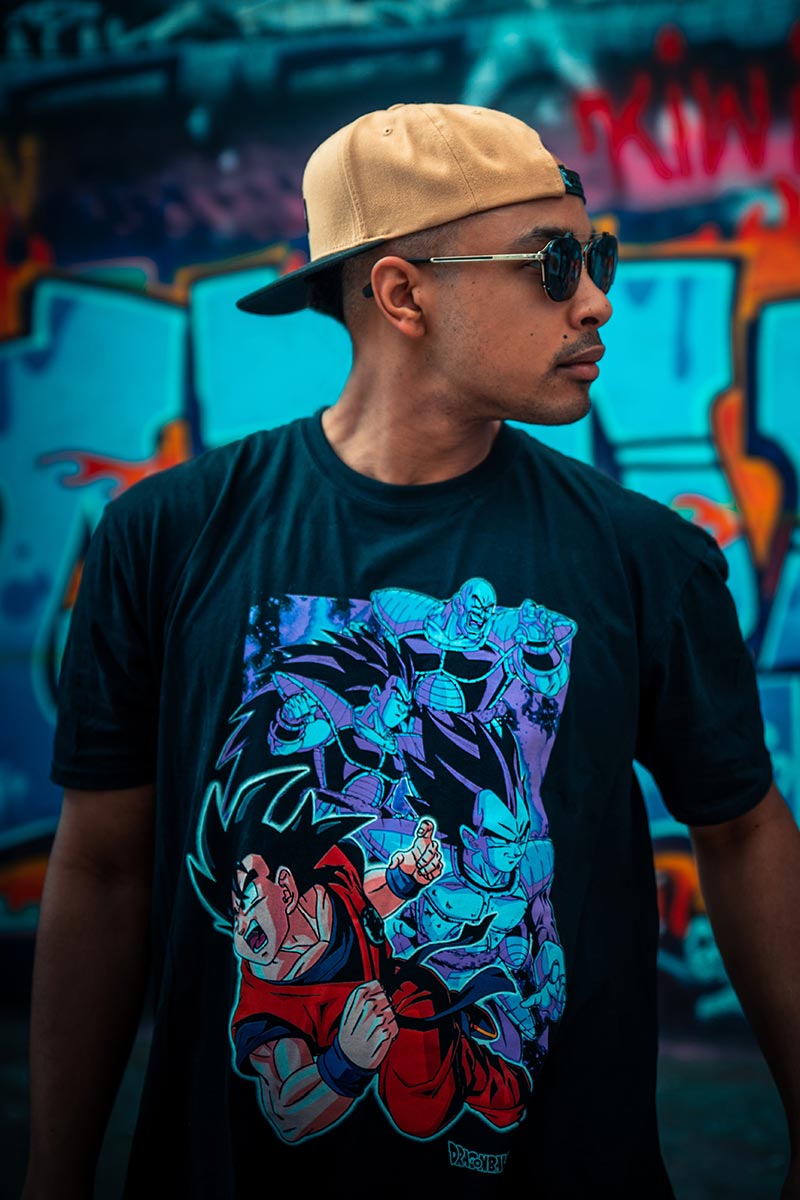Ultimate Guide to DTF Printing Techniques for Spectacular Fabric Designs
Starting the journey of understanding DTF printing strategies can open up a globe of possibilities for developing aesthetically captivating fabric layouts. As the textile sector proceeds to advance, staying ahead of the contour with innovative printing approaches is important. In this guide, we will certainly discover the detailed information of DTF printing, from comprehending the basic essentials to unraveling progressed color techniques that can raise your layouts to new heights. Stay tuned as we explore the subtleties of choosing the appropriate materials, developing the printing process, and overcoming typical challenges to attain spectacular results.
Recognizing DTF Printing Fundamentals
DTF printing, a procedure that includes transferring layouts from a special film to fabrics utilizing warm and stress, forms the structure of textile printing methods. The first step in DTF printing includes developing or selecting a layout that will be published onto the fabric.
Once the layout is printed on the film, it is after that meticulously put onto the material, making certain proper alignment and positioning. The next essential action involves using warmth and pressure making use of a heat press equipment. This process activates the dyes or pigments on the film, triggering them to sublimate and bond with the textile fibers permanently. The outcome is a magnificent, lasting fabric style that is cleanable, versatile, and immune to fading. Generally, understanding the fundamentals of DTF printing is vital for understanding this contemporary fabric printing method.
Selecting the Right Fabric Materials
Having developed the foundational principles of DTF printing techniques for textile designs, the following vital consideration exists in picking the ideal fabric products to complement this innovative procedure efficiently. Furthermore, the stretchability of these products can accommodate the warmth transfer process involved in DTF printing without misshaping the design. By selecting the best fabric materials, developers can make best use of the possibility of DTF printing to develop spectacular and durable fabric designs.

Mastering the Printing Process
To stand out in DTF printing strategies for fabric layouts, grasping the printing process is important for accomplishing consistent and high-grade results. The temperature, stress, and period of heat application must be thoroughly managed to make sure appropriate attachment of the design to the textile. By sharpening each of these steps in the printing procedure, developers can continually produce durable and stunning fabric styles with DTF printing strategies.
Enhancing Layouts With Shade Methods

Moreover, trying out color gradients can bring a sense of activity and fluidness to the style. By mixing colors flawlessly, a slope effect can be accomplished, including a modern-day and vibrant touch to the textile design. Furthermore, making use of shade obstructing strategies can produce striking and vibrant visuals by comparing different solid colors in distinct sections of the layout.
Moreover, incorporating metallic or neon shades can provide a distinctive and unique aspect to the fabric design, making it stand apart and exhibit a feeling of vibrancy. When purposefully used, these shade strategies can elevate the total aesthetic appeal of fabric styles, making them much more exciting and memorable.
Troubleshooting Common DTF Printing Issues
After checking out various color methods to enhance textile designs, it is vital to attend to common DTF official source printing concerns next page that may arise during the manufacturing process. Furthermore, problems with picture clarity and intensity can take place due to low-resolution images or improper printing methods. By being conscious of these common problems and applying the needed troubleshooting steps, you can improve the overall quality of your DTF published textile layouts.
Final Thought
In verdict, mastering DTF printing strategies is vital for creating magnificent fabric styles. With technique and interest to detail, one can develop unique and attractive fabric designs using DTF printing methods.
)))))
DTF printing, a process that includes moving layouts from an unique film to fabrics utilizing warm and stress, develops the structure of textile printing strategies.Having established the foundational principles of DTF printing techniques for textile styles, the following critical consideration lies in picking the suitable fabric products to complement this cutting-edge procedure efficiently. By choosing the right fabric products, designers can make best use of the capacity of DTF printing to produce sensational and lasting fabric layouts.
To excel in DTF click to investigate printing strategies for textile designs, grasping the printing process is important for achieving top quality and consistent outcomes. DTF Printing. By developing each of these steps in the printing process, developers can continually produce spectacular and long lasting fabric styles with DTF printing strategies
Comments on “Beyond Essentials: DTF Printing Techniques for Exceptional Fabric Creations”